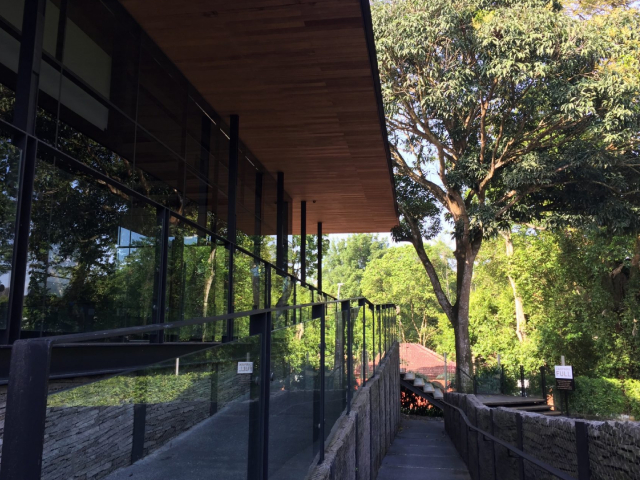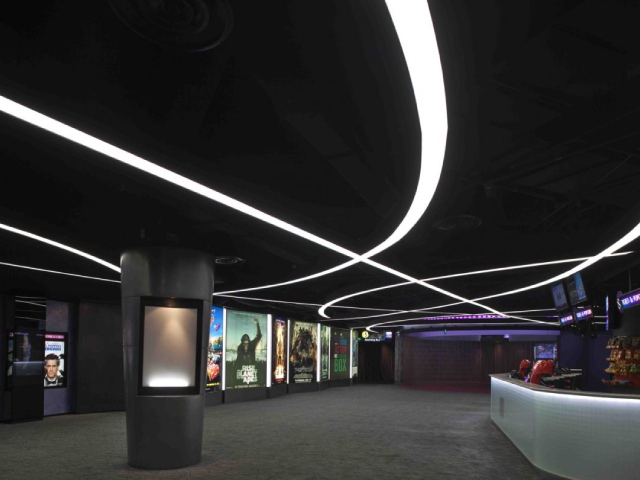What Is Inclusive Design And What Are Its Principles

Architects create designs for the human experience. From designing hospitals that welcome new life to civic centres where the elderly gathers and socialises, architecture firms in Singapore create structures that touch people in all stages of their life. And to fully support humans from beginning to end, they must fashion designs with diversity and inclusivity in mind.
An Overview of Inclusive Design
Inclusive design aims to create buildings that everyone can use regardless of gender, age, and capabilities. This is achieved by placing people at the heart of the design process to create spaces that people can use to form sustainable, strong, and vibrant communities.
It acknowledges differences and diversity to create good designs with an environment that meets the needs of as many people as possible. Identifying and addressing barriers that cause undue effort and separation in the design process underpins this core aspect, which benefits users like those with mobility problems, learning difficulties, visual and hearing impairments, and so on.
However, this doesn’t necessarily mean it attempts to cater to every possible user. What it does is create designs that embrace everyone on equal terms by applying the same high design standards to the access requirements set by its users. Furthermore, inclusive design entails a deep understanding of who will be using a building or space and how they will use it. This leads to environments with incredible flexibility that can easily adapt to their users’ changing demands.
All in all, architecture can create spaces that can make everyone feel a sense of belonging.
Principles of Inclusive Design
The following design principles are the pillars of designing universal spaces that accommodate everyone:
Starting early
As mentioned, one of the main goals of inclusive design is to eliminate barriers that demand excessive effort and prevent inclusion. Thus, it is vital to identify these obstacles as soon as possible and overcome them with open-minded design. The keys to achieving this are identifying all types of users that will use the space, studying their dimensions and anthropometry in the initial design phase, and proceeding with the project with this information in mind.
Reduce reliance
A good design enables all users to participate independently, confidently, and equally in daily activities with no need to rely on anyone. By inclusively designing a particular space, it becomes possible to overcome the hardships and frustrations experienced by many as well as those who are disabled, the elderly, and families with children.

One of AR43’s projects, Victoria Park Villas Sales Pavilion, is a good example showcasing an inclusive design that everyone can depend on. As there are both stairs and a ramp, everyone, including those in a wheelchair or who have physical disabilities, can access the building.
Aim for spaces that engage everyone
Last but not least, making engaging spaces means making users feel welcome and comfortable participating in the activities it offers. This contrasts spaces with impractical designs that do nothing to aid our everyday needs, which will only disappoint users and push them away.

For instance, in spaces of entertainment like Suntec Cineplex, we at AR43 made sure to incorporate soft architectural lighting fixtures and carpeted floors to provide a cosy and welcoming environment for movie-goers. The ceiling was also incorporated with special lighting that “captures” and goes along with the movements of movie-goers, allowing for better accessibility and navigation.
Conclusion
Inclusively-designed spaces make life easier for everyone and promote equality. Thus, no matter the environment or structure, every designer should make it their goal to create spaces that people from different walks of life can use without relying on others. In a profession that provides service to individuals, having this sense of inclusivity is the right thing to do.
To best incorporate inclusive design into your projects, talk to the professionals who know it best. With the help of architects specialising in contemporary architecture in Singapore, you can be assured that your project will focus on inclusivity, be it commercial or residential.

